
As an electronics enthusiast, I have always been fascinated by the intricate workings of power supplies. From voltage regulators to linear regulators, these devices play a crucial role in ensuring a steady flow of power to our electronic devices.
In this article, we will take a deep dive into the world of power supplies, exploring their different types and functions. Get ready for an informative journey that will demystify complex concepts and provide you with the freedom to understand and appreciate the inner workings of your favorite gadgets.
Key Takeaways
- Power supplies convert input power into the appropriate voltage, current, and frequency for electronic circuits and devices.
- Voltage regulators ensure consistent output voltage and protect sensitive electronic devices from voltage fluctuations.
- Rectifiers convert AC into DC, providing a steady source of power, and play a vital role in various applications.
- Switch-mode regulators are more efficient and smaller compared to linear regulators, but they may introduce more noise into the system. The choice between the two depends on specific application requirements.
Understanding the Basics of Power Supplies
Understanding the basics of power supplies is essential for troubleshooting and maintaining electronic devices. A power supply is a crucial component that provides electrical energy to various electronic circuits and devices. It converts input power from an AC or DC source into the appropriate voltage, current, and frequency required by the device.
Power supplies can be categorized into two types: linear and switching. Linear power supplies regulate output voltage using linear regulators, which dissipate excess energy as heat. Switching power supplies, on the other hand, use high-frequency switches to control the output voltage efficiently. They're generally smaller, lighter, and more efficient than linear power supplies.
Exploring Voltage Regulators and Their Function
Take a look at how voltage regulators work and what their main purpose is.
Voltage regulators are essential components in power supply systems that ensure a steady and regulated output voltage. Here are some key points to consider:
Stabilizing Output: Voltage regulators maintain a consistent output voltage regardless of fluctuations in the input voltage or load conditions.
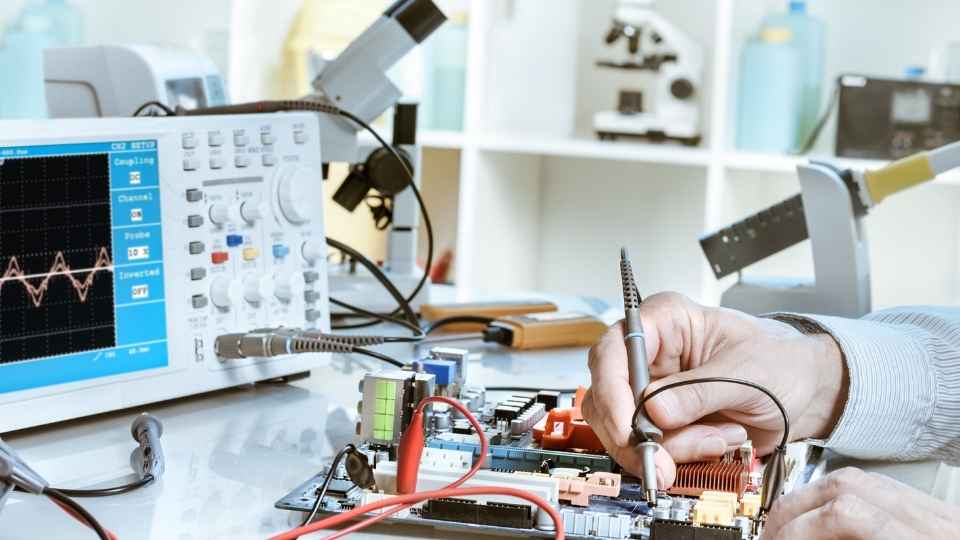
Preventing Overvoltage: They protect sensitive electronic devices by limiting the maximum output voltage to a safe level.
Efficient Power Conversion: Voltage regulators minimize energy loss by efficiently converting higher input voltages into lower, more usable ones.
Noise Reduction: They filter out any unwanted noise or ripple present in the input voltage, ensuring clean and reliable power delivery.
By using voltage regulators, you can have confidence in your power supply system's stability, protection, efficiency, and reliability.
The Role of Rectifiers in Power Supply Systems
As an electrical engineer, I understand the critical role that rectifiers play in power supply systems.
Rectifiers are essential components that convert alternating current (AC) into direct current (DC), providing a steady and reliable source of power for various electronic devices.
Rectifier Function and Operation
The rectifier converts AC voltage to DC voltage by allowing current flow in one direction only. This essential component is crucial in power supply systems, ensuring a steady and reliable source of direct current. Here are some key points about its function and operation:

The rectifier consists of diodes that act as switches, allowing the positive half-cycle of the AC waveform to pass through while blocking the negative half-cycle.
It rectifies the alternating current into a pulsating direct current waveform with a frequency equal to that of the input AC signal.
The output from the rectifier is then filtered using capacitors or inductors to smoothen out the pulsations and produce a stable DC voltage.
Rectifiers play a vital role in various applications such as battery charging, electronic devices, power transmission, and renewable energy systems.
Understanding how rectifiers convert AC to DC lays the foundation for exploring different types of rectifiers and their unique characteristics.
Types of Rectifiers
Explore the various types of rectifiers and discover their unique characteristics. Rectifiers are electronic devices used to convert alternating current (AC) to direct current (DC) by allowing current flow in only one direction. There are four main types of rectifiers: diode rectifiers, bridge rectifiers, center-tapped rectifiers, and full-wave rectifiers.
Diode rectifiers consist of a single diode that allows current flow in one direction while blocking it in the other. Bridge rectifiers use a combination of four diodes arranged in a bridge configuration to achieve full-wave rectification. Center-tapped rectifiers have a center tap on the transformer secondary winding and two diodes that allow current flow in alternate half-cycles.

Full-wave rectifiers utilize both halves of the AC input waveform through the use of two or more diodes and provide higher efficiency compared to half-wave rectification.
Understanding these different types of rectifiers is crucial for designing power supplies that meet specific requirements for voltage regulation, efficiency, and cost-effectiveness.
Demystifying Filter Circuits and Their Importance
Filter circuits play a crucial role in regulating voltage and reducing noise interference. These circuits are essential components in power supply systems, ensuring smooth and stable output voltages while minimizing unwanted electrical noise.
Here are some key aspects of filter circuits:
Capacitors: Used to store and release electrical energy, capacitors smooth out voltage fluctuations by filtering high-frequency noise.
Inductors: These components resist changes in current flow, helping to filter out low-frequency noise.
Resistors: Used in conjunction with capacitors and inductors, resistors help control the flow of current through the circuit.

Active Filters: These filters use active components like operational amplifiers to amplify or attenuate specific frequency ranges.
Understanding filter circuits is important for designing efficient power supplies that deliver clean and reliable power.
Now let's dive into the differences between switch-mode regulators and linear regulators.
Switch-Mode Regulators Vs. Linear Regulators: What's the Difference
Switch-mode regulators and linear regulators differ in terms of their efficiency, performance, and design complexity.
Switch-mode regulators are highly efficient because they convert the input voltage to a higher or lower value by rapidly switching between on and off states. This allows them to minimize power dissipation and maximize energy transfer.
In contrast, linear regulators operate by dissipating excess energy as heat, making them less efficient. Furthermore, switch-mode regulators offer better performance in terms of voltage regulation accuracy and transient response compared to linear regulators.
However, their design is more complex due to the need for additional components such as inductors and capacitors.
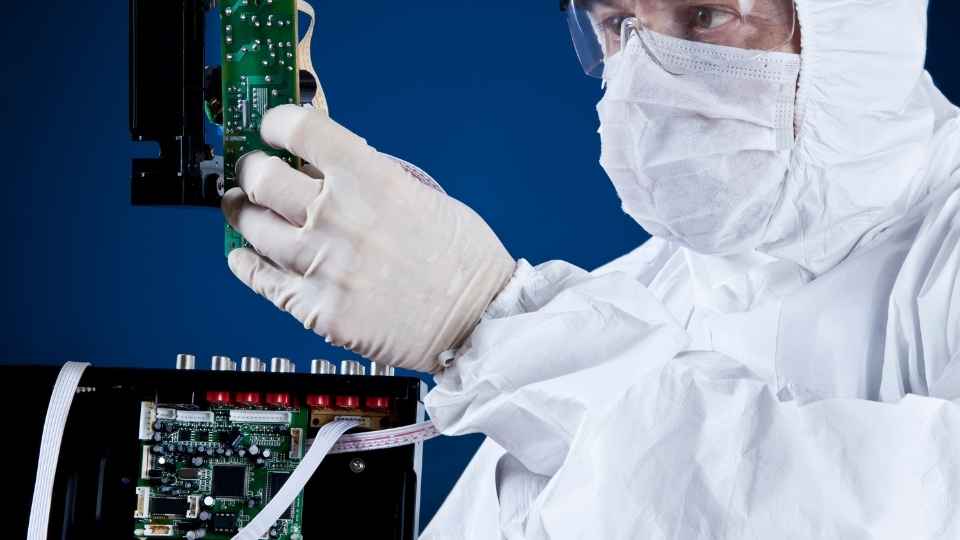
Despite these differences, both types have their own advantages and disadvantages that must be considered when selecting a regulator for a specific application.
Now let's explore the advantages and disadvantages of switch-mode regulators...
Advantages and Disadvantages of Switch-Mode Regulators
Switch-mode regulators offer several advantages over linear regulators.
Firstly, they're highly efficient, converting voltage with minimal power loss.
Secondly, switch-mode regulators are smaller and lighter compared to their linear counterparts, making them ideal for applications where size and weight are critical factors.
However, it's important to note that switch-mode regulators can introduce more noise into the system due to their switching operation, which may require additional filtering or shielding measures to mitigate any potential issues.
Efficiency of Switch-Mode Regulators
If you want to maximize the efficiency of your power supply, there are a few key factors to consider:
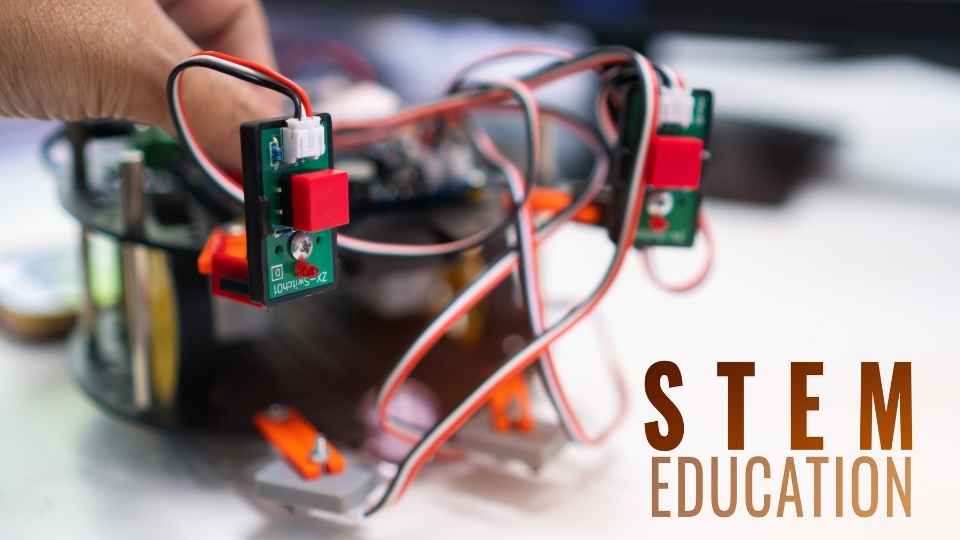
Input voltage range: Ensure that your power supply can handle the input voltage range required for your application. This will prevent any potential damage or inefficiency caused by overloading or underloading.
Output voltage regulation: Look for a power supply with excellent output voltage regulation. This will ensure that the output remains stable and accurate even when the load changes, resulting in better overall efficiency.
Efficiency rating: Choose a power supply with a high efficiency rating. The higher the rating, the less energy is wasted as heat during conversion from AC to DC, leading to lower operating costs and reduced environmental impact.
Power factor correction (PFC): Consider opting for a power supply with active PFC. Active PFC improves power quality and reduces harmonic distortion, making it more efficient and compliant with regulations.
By taking these factors into account, you can ensure that your power supply operates at maximum efficiency while providing reliable and sustainable performance.
Now let's move on to comparing the size and weight of different types of power supplies.
Size and Weight Comparison
Let's now compare the size and weight of different types of power supplies to determine their practicality for various applications.
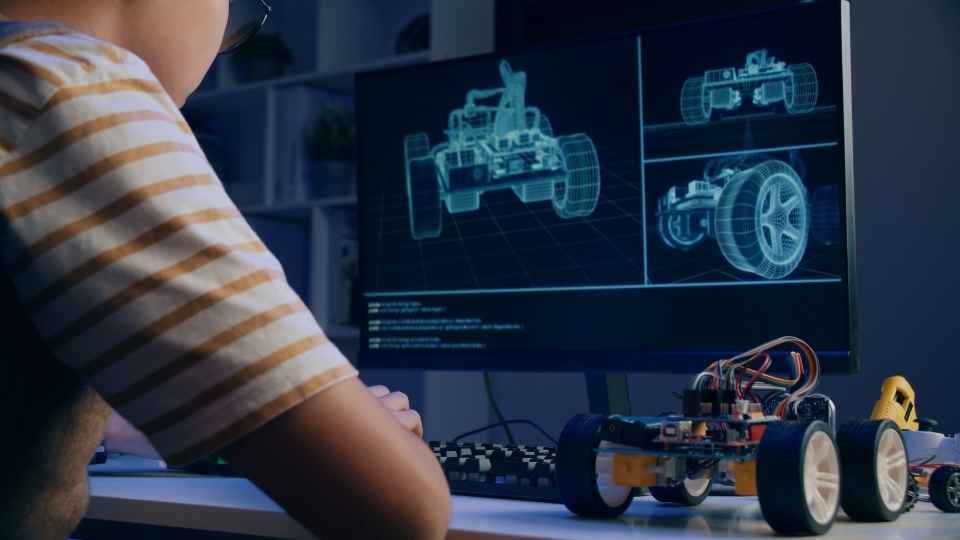
When it comes to selecting a power supply, size and weight are important factors to consider, especially in applications where space is limited or portability is crucial.
Switch-mode power supplies (SMPS) generally have a smaller form factor and weigh less compared to linear regulators. This is due to their higher efficiency and ability to operate at higher frequencies, resulting in the use of smaller transformers and passive components.
On the other hand, linear regulators tend to be larger and heavier because they rely on bulky heat sinks for thermal dissipation.
So, if you need a compact and lightweight power supply solution, SMPS would be more suitable; however, if you prioritize simplicity or noise performance over size and weight considerations, linear regulators might be a better choice.
Ultimately, it all depends on your specific application requirements.
The Benefits and Limitations of Linear Regulators
Linear regulators offer a simple and cost-effective solution for voltage regulation, but they have limitations in terms of efficiency and heat dissipation. Despite these drawbacks, there are still several benefits to using linear regulators:
Easy to use: Linear regulators require minimal external components and are straightforward to implement, making them suitable for beginners or those looking for a quick solution.
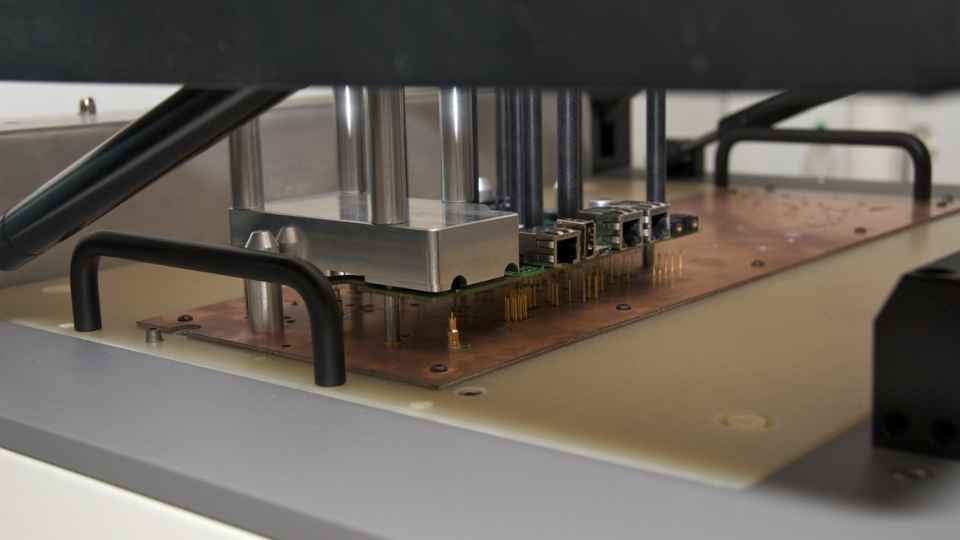
Low noise: Linear regulators provide smooth output voltage without any ripples or spikes, making them ideal for sensitive analog circuits or audio applications.
Wide input/output voltage range: They can handle a wide range of input voltages and deliver stable output voltages within their specified limits.
Low cost: Compared to other types of voltage regulation solutions like switch-mode power supplies, linear regulators are generally cheaper due to their simpler design.
However, it's important to note that linear regulators aren't efficient in converting energy as they dissipate significant amounts of power as heat. Additionally, their limited current handling capability makes them unsuitable for high-power applications.
Frequently Asked Questions
Can Power Supplies Be Used for Both AC and DC Applications?
Yes, power supplies can be used for both AC and DC applications. They are designed to convert AC voltage to DC voltage or vice versa, making them versatile for various electronic devices and systems.
How Do Power Supplies Protect Against Overvoltage and Overcurrent?
Power supplies protect against overvoltage and overcurrent by utilizing various mechanisms like voltage regulators and current limiters. These safeguards ensure that the power flowing through the system remains within safe limits, preventing damage to components and ensuring stability.
What Are the Factors to Consider When Choosing a Power Supply for a Specific Application?
When choosing a power supply for a specific application, factors to consider include the required voltage and current levels, efficiency, reliability, size, cost, and compatibility with the load.

Are There Any Safety Regulations or Certifications That Power Supplies Need to Meet?
Yes, power supplies need to meet safety regulations and certifications. These ensure that the power supply is designed and manufactured to avoid any potential hazards or risks, providing a safe and reliable source of power for various applications.
Can Power Supplies Be Used in Parallel to Increase Current Output?
Yes, power supplies can be used in parallel to increase current output. It's like combining multiple rivers into one large stream, allowing for a higher flow of electrical current to meet the demands of power-hungry devices.
 Basic Electronics ConceptsEssential ToolsCircuit Design BasicsMicrocontrollersDIY Electronics ProjectsRoboticsPrivacy PolicyTerms And Conditions
Basic Electronics ConceptsEssential ToolsCircuit Design BasicsMicrocontrollersDIY Electronics ProjectsRoboticsPrivacy PolicyTerms And Conditions
